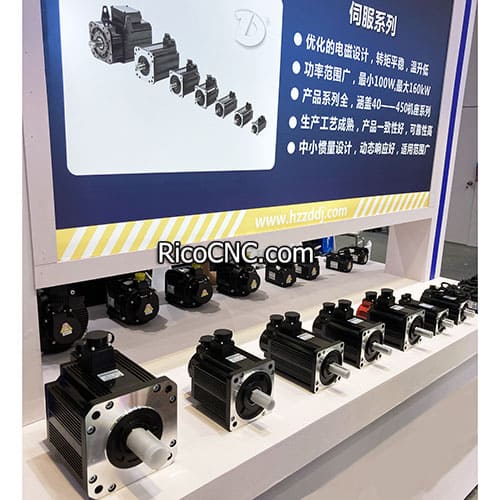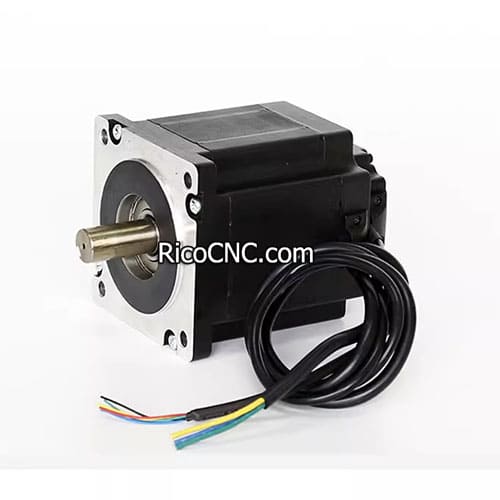
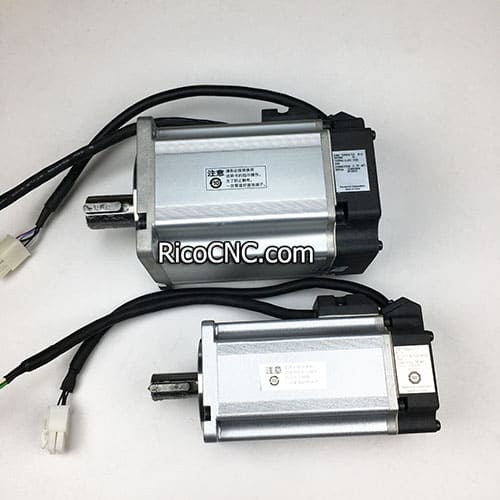
Servo motors and DC motors can be used in robotics. Servo motor are often called AC brushless rotary servo motor, servo electric motor, industrial servo motor, CNC servo motor, servomotors. Both servo motors and DC motors have completely different applications.
They also have their different features which make them suitable for different work. Servo motors and DC motors are both essential motors in industry, however, they operate on different principles and serve distinct purposes. Learn more information about servo motors and DC motors so that you can select the right one for your machine.
What is servomotors and DC motor?
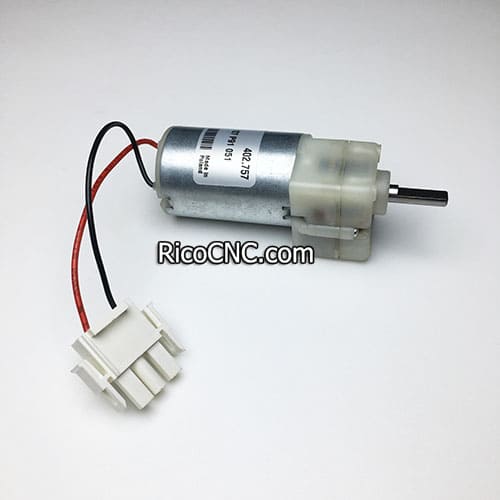
Servo motor: Servo motor can used to position and control various devices, including robots, jigs, and other industrial machines. A servo motor is a motor that is commonly used in robotics and automation. It is an electromechanical device that converts electrical signals into mechanical motion.
DC motor: A DC motor is an electrical motor that uses direct current to power the motor. They are designed to produce rotational or back-and-forth motion. DC motors are used in a wide range of applications, including robotics, unmanned aircraft, and automobiles.
Number of wires for servo motors and DC motor :
Servo motor: The servo motor has three wires, they are power wire, control wire, and ground wire.
DC servo motor: DC motor has only two wires, they are power and ground.
System components of servo motors and DC motor:

Servo motor: a suitable motor, gearing set, position sensor (encoder), and a control circuit.
DC servo motor: DC motor only has an individual DC machine with no extra components.
Positioning of servomotors and DC motor
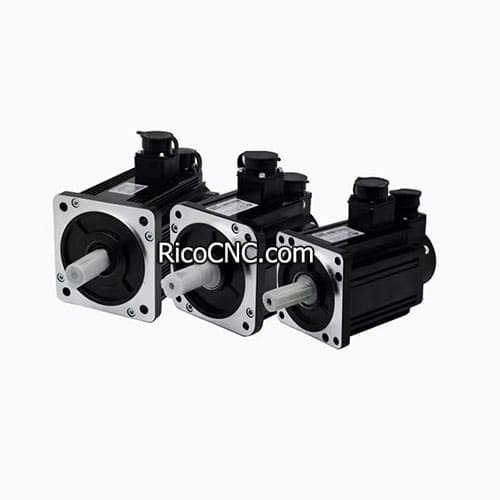
Servo motor: Because of the feedback sensors(encoder), servo motors can control precise positioning, they can be used to position a device to the exact place where it needs to be. Like robot servo motor, servo motor for robotic arm.
DC servo motor: DC motors offer straightforward speed control through voltage adjustments but lack precise positioning capabilities without additional feedback mechanisms. It is not accurate as a servo motor, very easy to control. If a robotic arm is not positioned correctly, it can take a lot of time and effort to reposition it. With a DC motor, it is easy to just change the settings and make it reposition to where it needs to be.
Working Speed of servomotors and DC motor:
Servo motor: A servo motor is that it can be adjusted to different speeds depending on the situation. If there is a need to slow down the speed of a robotic arm, you can slow it down and make it go slower, from 1000 RPM to 6000 RPM. also called high speed servo motor.
DC servo motor: moderate speed, it depends on the type of the motor.
Working Efficiency of servo motor and DC motor:
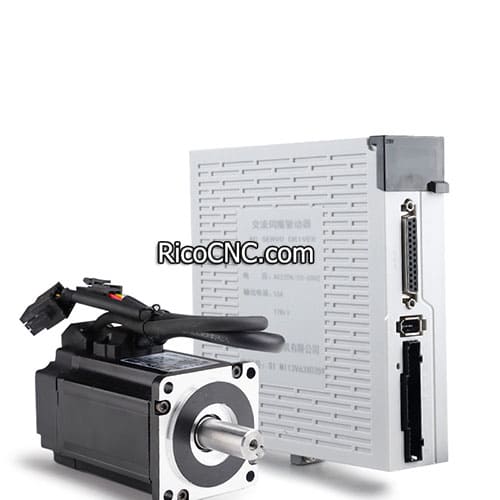
Servo motor: High
DC servo motor: less than servo motor
Suitability and reliability of servomotors and DC motor
Servo motor: is suitable for intermittent applications and Servo motors are highly reliable.
DC servo motor: be suitable for continuous applications. The reliability is moderate.
In a conclusion
servo motor is a Closed-loop control, it is very reliable, can have high acceleration, and superior efficiency, also can provide high output power that is relative to its size, works quietly with desired speeds, and has a high torque value . However, the controller is complex and needs the encoder’s support.
DC motor is a fast and continuous rotation DC motor, it is easily paired with gear reducers, Quick starting and stopping.
RicoCNC can offer various servo motors and DC motors with different brands. like Schneider, Mitsubishi, YASKAWA, Schneider, Panasonic, SANYO DENKI. If you need them, send us an inquiry, and we’ll try to service you.
